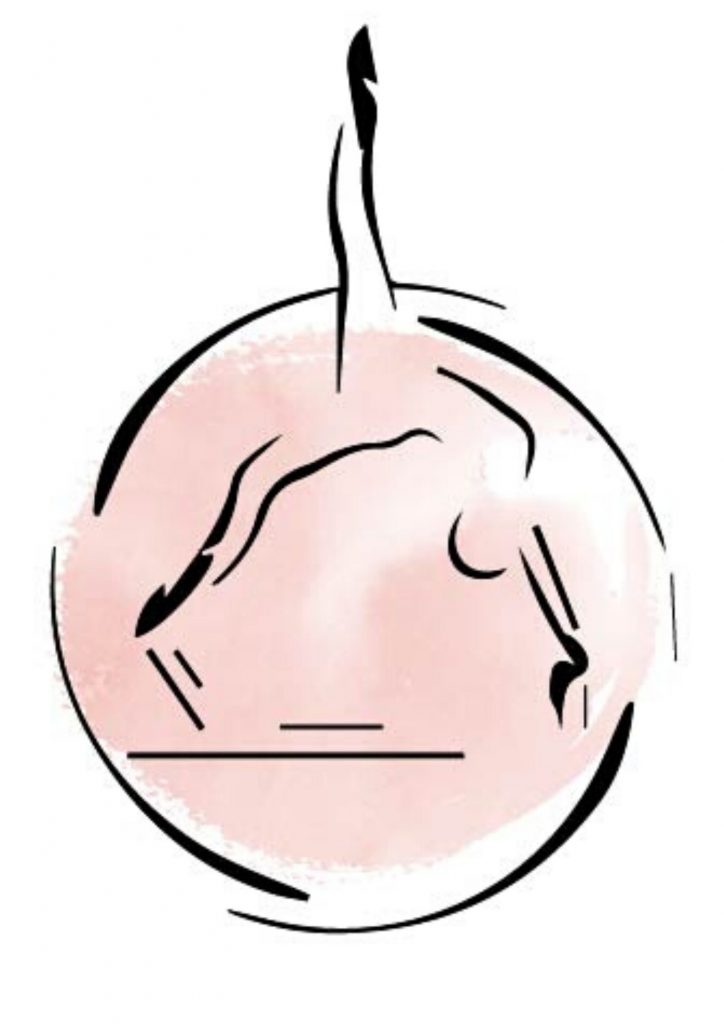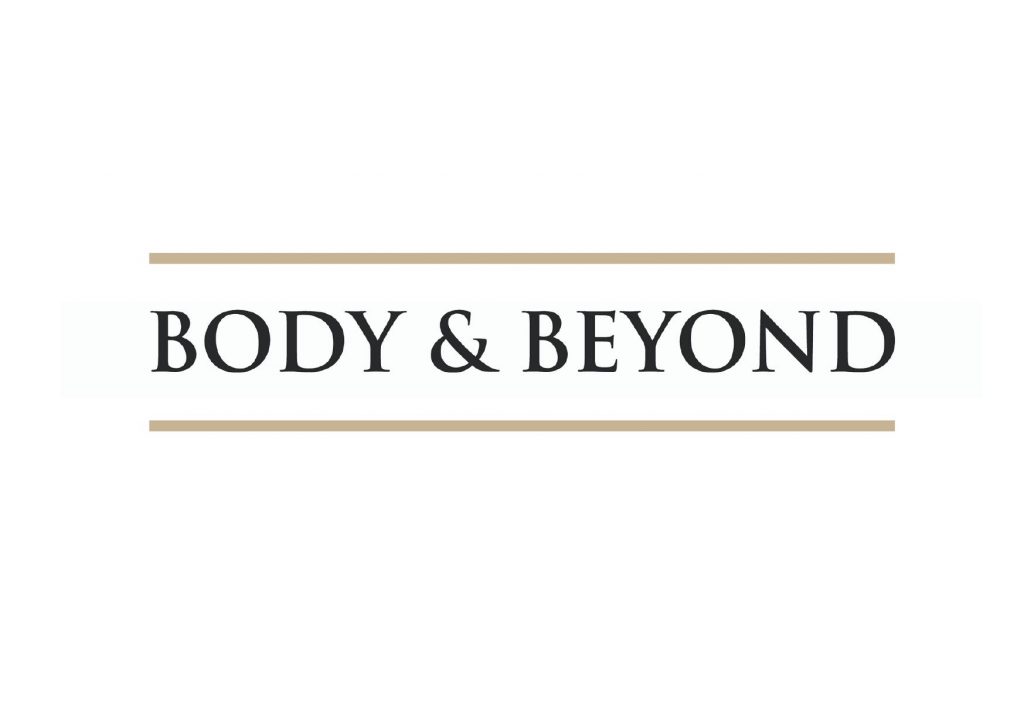Learn more about
STOTT PILATES®
What is STOTT PILATES?
STOTT PILATES is a contemporary approach to the original exercise method pioneered by Joseph Pilates. Co-founders Lindsay G. Merrithew and Moira Merrithew, along with a team of physical therapists, sports medicine and fitness professionals, have spent three decades refining the STOTT PILATES method of exercise and equipment. This resulted in the inclusion of modern principles of exercise science, fascial fitness and spinal rehabilitation, making it one of the safest and most effective methods available.
The workout may seem very different and quite slow initially compared to other workouts, but there are many potential benefits of this exercise system. Some of the benefits of STOTT PILATES are: longer, leaner muscles; muscle strength and endurance; core strength and stability; injury prevention; relief from stress and back pain; better posture; improved balance and coordination; improved body flexibility; enhanced athletic performance; effective post-rehabilitation; heightened mind-body awareness; increased self-confidence; reduction of body fat.
The term “intelligent exercise” is used as a synonym for STOTT PILATES, as its exercises include balance, coordination, and synchronized breathing all at once, meaning they can only be performed consciously and with responsibility.
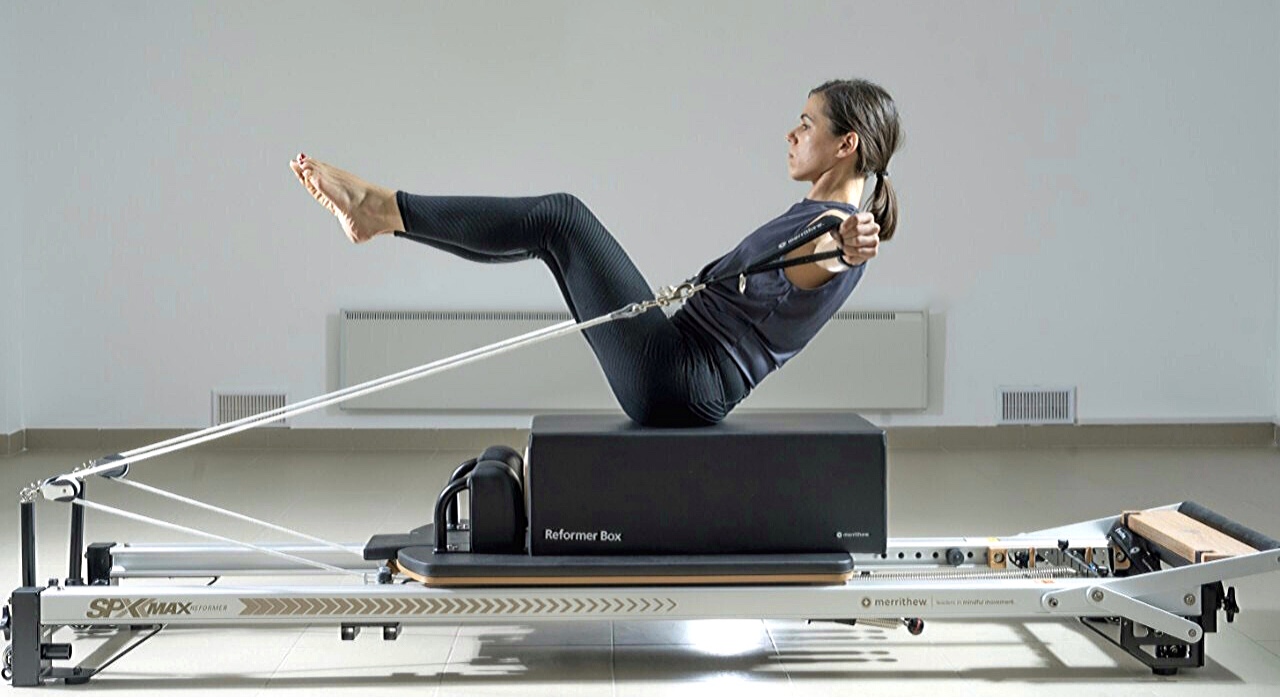
A few words about classic Pilates
Pilates, pioneered by the late Joseph Pilates, is a mind-body exercise system designed to optimize physical fitness in people at every level of physical ability. Joseph Pilates (1880–1967) was a German expatriate who first made his mark in England during WWI by developing a series of exercises and innovative equipment to help prisoners of war regain strength and mobility. When Joseph Pilates immigrated to New York, the local professional dance community discovered that his conditioning technique, called “Contrology” helped prevent injury and improve strength while maintaining long, even muscle tone – this sparked a vast following of the method of exercise.
Joseph
Pilates
Frequently asked questions
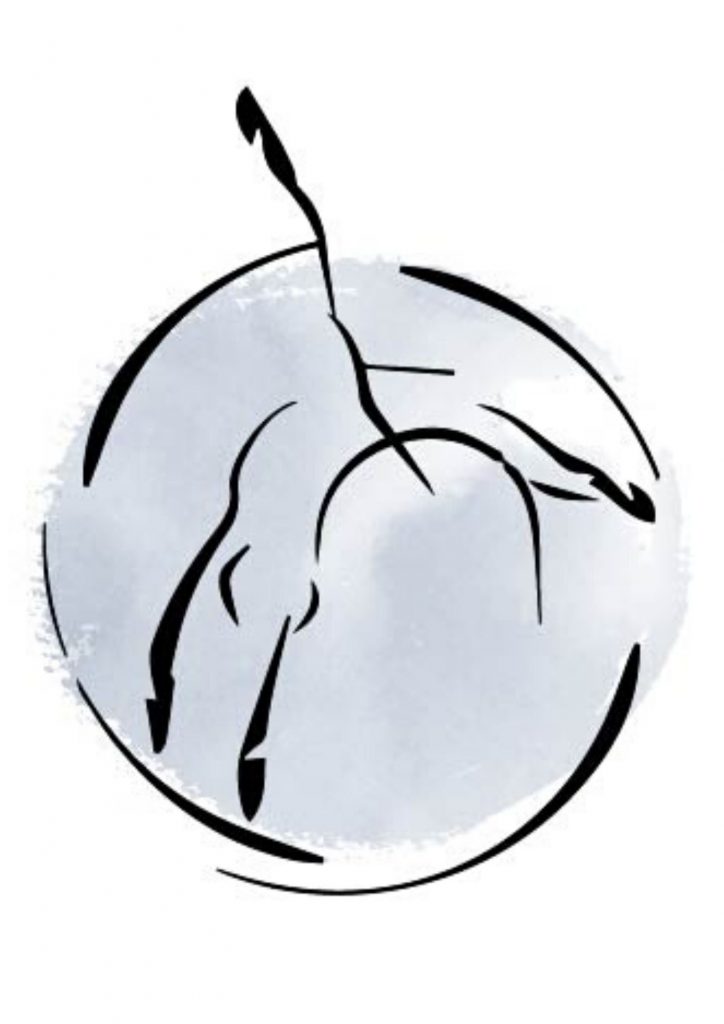
#1
Who can practice STOTT PILATES?
STOTT PILATES can be used by clients of all ages and fitness abilities.
STOTT PILATES can be used by rehab, post-rehab, prenatal and postnatal clients, athletes, children, eldery people and everyone in between.
STOTT PILATES exercises help both men and women of all ages develop optimal strength, flexibility, endurance and posture, without building bulk or stressing joints. The perfect complement to cardiovascular exercise, athletic training or rehabilitation, STOTT PILATES can help you tone your body, feel revitalized and move with ease.
#2
What are the 5 principles of STOTT PILATES?
Whether performed on a Mat or on specialized equipment, Pilates that incorporates modern theories of exercise science and spinal rehabilitation should include these biomechanical principles: breathing, pelvic placement, rib cage placement, scapular movement and stabilization and head and cervical placement.
1. Breathing
Breathing properly promotes effective oxygenation of the blood, focuses the mind on each task and helps avoid unnecessary tension, particulary in the neck, shoulders and mid-back. Exhaling deeply can also help activate the deep support muscles of the body.
2. Pelvic placement
It is key to emphasize stabilization of the pelvis and lumbar spine both statically and dynamically in all positions and throughout all movements. The two positions most often used are neutral and imprint. In a neutral position, the natural anteriorly convex curve of the lumbar spine is present. In most cases, when lying supine, the triangle formed by the ASIS and the symphysis pubis should be parallel to the Mat. This is the most stable and optimal shockabsorbing position and a good place from which to promote efficient movement patterns.
3. Rib cage placement
The abdominal wall attaches to the lower ribs. The abdominal muscles must often be recruited to maintain the rib cage and the thoracic spine in proper alignment. Often the rib cage will tend to lift up in the supine position or deviate forward in a sitting position, extending the thoracic spine. Pay particular attention while inhaling or elevating the arms. Engagement of the obligues will ensure proper alignment at all times.
4. Scapular movement and stabilization
Stabilizing scapulae on the rib cage is as important as contracting the abdominal muscles during the initiation of every exercise. When stability is absent, there is a tendency to overwork muscles around the neck and shoulders.
5. Head and cervical placement
The cervical spine should hold its natural curve with the skull balancing directly above the shoulders when sitting in neutral. This position should also be maintained when lying on the back. If there is a kyphosis or forward head posture, pads or pillows under the head may be necessary to support the head, and prevent overextension and unnecessary tension in the cervical spine.
By introducing these principles and reinforcing them, awareness of how the body moves is developed. This mind-body awareness ensures focus on precision and control in any Pilates program.

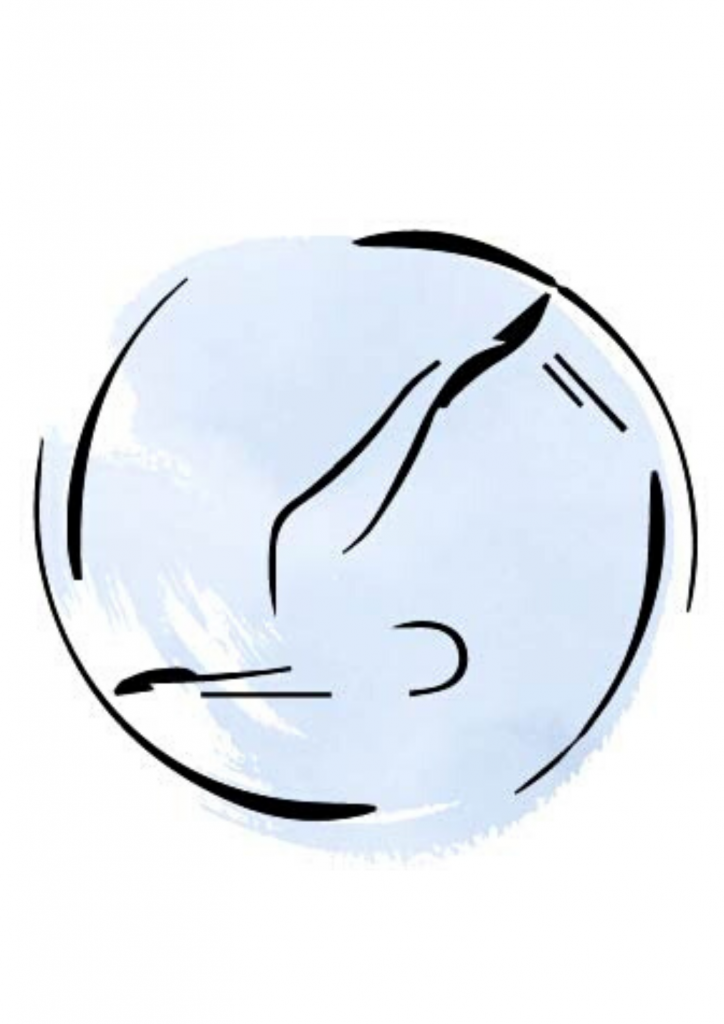
#3
What is the difference between STOTT PILATES and other Pilates techniques?
STOTT PILATES incorporates modern exercise principles, including contemporary thinking on spinal rehabilitation, fascial integration, muscle conditioning and athletic performance enhancement. For example, some approaches may promote a flat back, whereas STOTT PILATES exercises are designed to restore the natural curves of the spine and rebalance the muscles around the joints.
STOTT PILATES places a strong emphasis on scapular stabilization, lumbo-pelvic placement and postural alignment, and optimal muscle activation. The repertoire of Matwork and equipment-based exercises contains a full range of preparations and modifications that caters to many different body types and abilities. The STOTT PILATES method focuses on functional fitness, making it applicable to everyday life.
#4
What are the benefits of STOTT PILATES?
The STOTT PILATES method has many benefits such as: longer, leaner muscles; muscle strength and endurance; core strength and stability; injury prevention; relief from stress and back pain; better posture; improved balance and coordination; improved body flexibility; enhanced athletic performance; effective post-rehabilitation; heightened mind-body awareness; increased self-confidence; reduction of body fat.
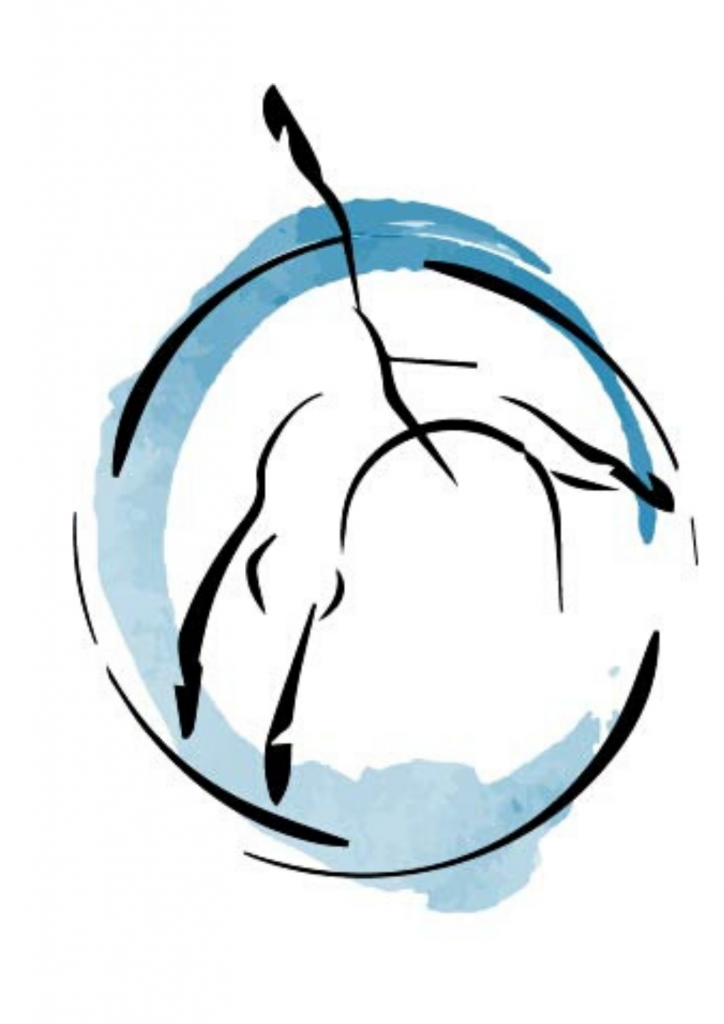

#5
Why is Pilates one of the fastest growing methods of exercise?
People are increasingly interested in fitness modalities that help relieve stress, that are kinder and gentler to the body and that can be continued even as they age, without fear of the possibility of injury. People want to stay fit and functional, and to continue to look good for as long as possible. Pilates is an excellent choice for individuals of all ages and fitness levels who have a variety of fitness goals.
#6
Can anyone do Pilates?
No form of exercise is appropriate for absolutely everyone, but the STOTT PILATES method is appropriate for most people. As with any training program, always consult with a medical professional before beginning. A modified program created by a well-trained Instructor may be recommended if you have any physical limitations.
